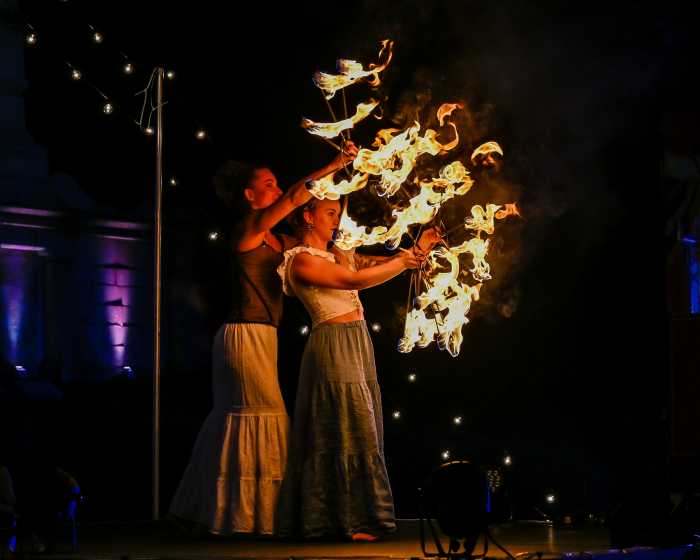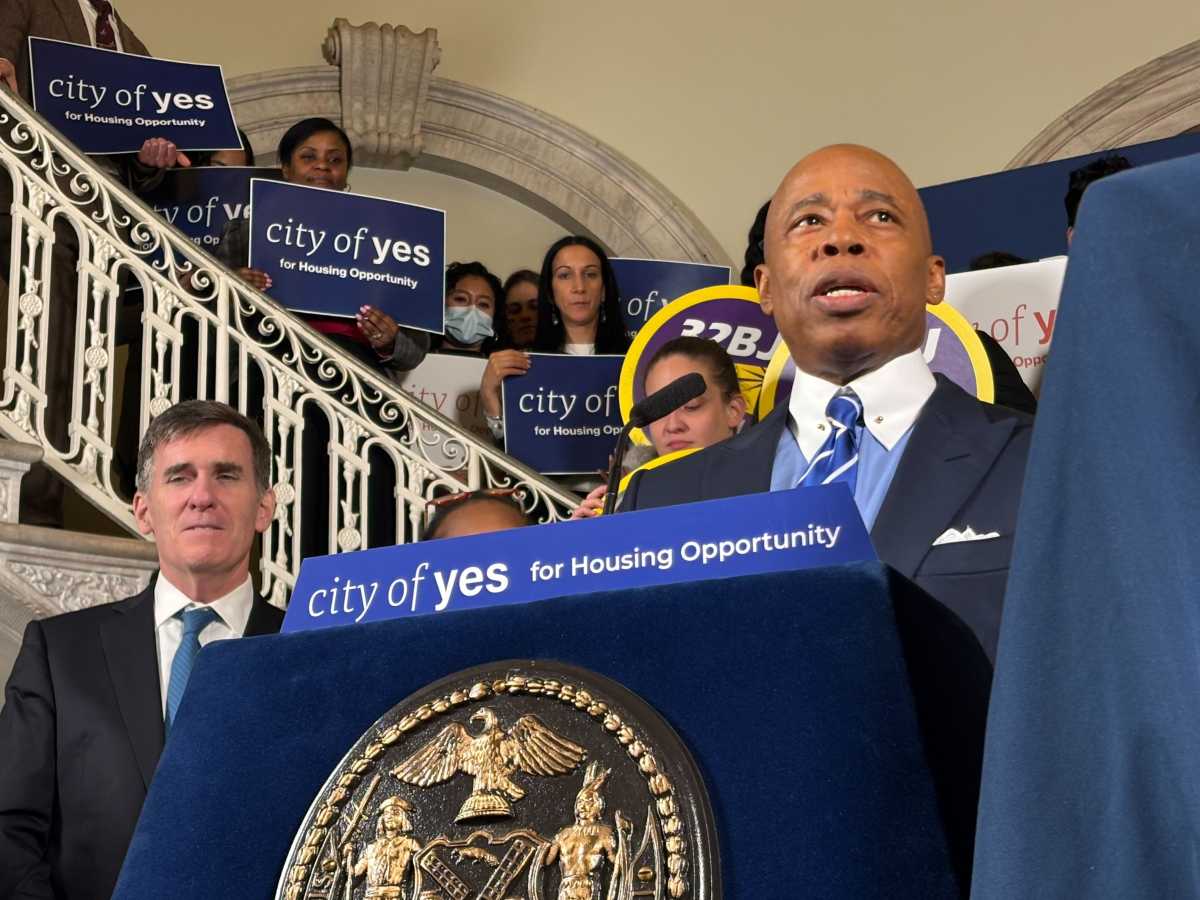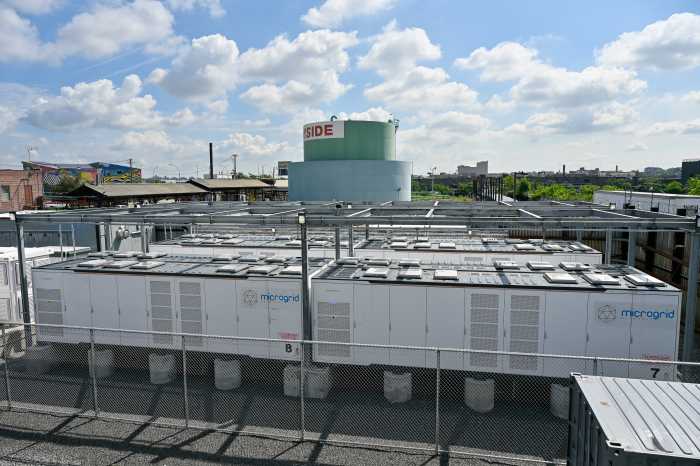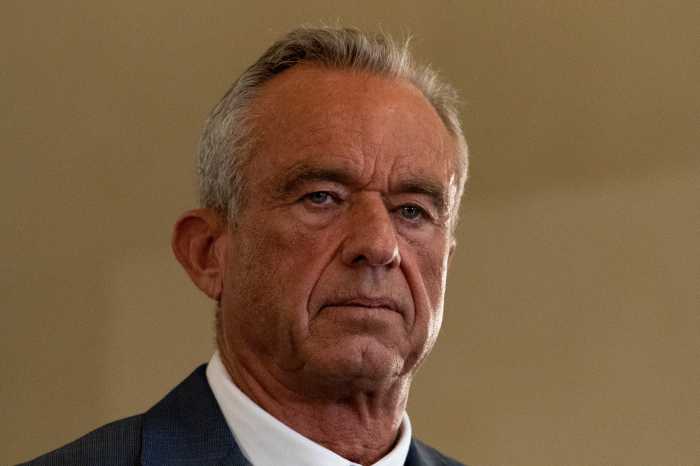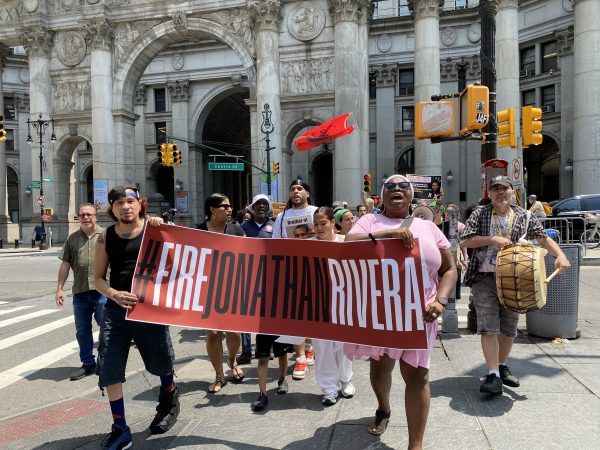A bill recently passed by the state Legislature is expected to pave the
way for condominium development in the planned Brooklyn Bridge Park commercial-recreational-housing
development along the Brooklyn Heights and DUMBO waterfront.
The bill, which would allow the redirection of property taxes within the
waterfront development to a PILOT (Payment in Lieu of Taxes) program whose
proceeds would go to pay the park and commercial development’s operating
expenses, would also benefit the developer of a former Jehovah’s
Witness book distribution plant at 360 Furman St., a high-rise at the
southern edge of the site that is to be converted into condominium apartments.
The PILOT payments, say officials, would be significantly lower than standard
taxes on the property. The bill is expected to be signed into law by Gov.
George Pataki, who is a supporter of the park plan and has committed $85
million in state funds to its creation. The city has committed another
$65 million.
Brooklyn Bridge Park supporters who have decried the development of private
luxury housing instead of more active recreational uses in the latest
revisions to the plan, say the bill’s passage will expedite the process
for private developers to construct some of the 740 new market-rate condominium
units proposed by the parks’ developers as a way to finance the project,
which is mandated to pay for its own maintenance.
But the bill’s sponsors — state Sens. Martin Connor and Marty
Golden and Assemblywoman Joan Millman — say the measure only serves
the purpose of allowing the Brooklyn Bridge Park Development Corporation
(BBPDC) to collect all revenue from existing properties without having
to haggle over it after a final project plan is released.
The BBPDC is a subsidiary of the Empire State Development Corporation,
the state-run public authority entrusted with oversight of the park’s
development.
Wording in the bill permits the BBPDC to “create commercial, industrial,
residential condominium interests or mixed-use condominium interests in
leaseholds of real property located within the Brooklyn Bridge Park.”
It requires an amendment to the state’s Real Property Law, which
currently allows the same provision for three primarily residential developments
— Battery Park City, Roosevelt Island and the Hunters Point Waterfront
Development Land Use Improvement Project, also known as “Queens West.”
The final Brooklyn Bridge Park plan is expected in September, but the
draft, first released to select community members and the media last December,
set off a firestorm of controversy among many community members when the
plans for four new residential high-rises, concentrated largely in DUMBO-Vinegar
Hill and at Atlantic Avenue, were proposed by the project’s planners
as the primary revenue generators in the plan.
Plans currently call for 740 condominium apartments, planned at either
end of the park, and a hotel near Pier 1. The tallest building would rise
roughly 30 stories at Atlantic Avenue.
Cobble Hill Association President Murray Adams, who has been advocating
for Brooklyn Bridge Park’s creation for more than a decade, told
The Brooklyn Papers this week that he and other community members pleaded
with Millman to amend the bill before the Assembly’s May 31 vote.
“We heard about the bill, and we went to Millman’s office to
try to do something about it,” said Adams. “We felt this was
a way we could have some control over what might happen.”
Days later, Adams said, he requested the same support from Connor.
“He seemed like he was going to do something,” said Adams. “I
never heard back from him.”
On June 8, the bill was approved by the state Senate, carrying with it
the supporting statement that the bill would “conform with other
public-sponsored mixed-use development in New York City, and provide the
[BBPDC] with greater flexibility in meeting market demands.”
Adams said he thought the bill, which was proposed by the ESDC, was created
solely “for the benefit of [360 Furman St. developer] Robert A. Levine,
because [the BBPDC] had promised him that whatever deal they had with
him they would have to have this arrangement where the PILOTs from 360
Furman St. are paid to the park.”
Thomas Murphy, a spokesman for Levine and his RAL Development Services
company, countered that the bill was written in a general way.
“It wasn’t specifically limited to 360 Furman St.,” said
Murphy. “That bill allows the BBPDC to enter in agreements with developers
to do condominiums, just like Battery Park City.
In meetings this year, the park planners have said that revenue from 360
Furman St. could cover as much as 30 percent of Brooklyn Bridge Park’s
$15.2 million maintenance and operations budget.
Brooklyn Bridge Park officials did not return calls seeking comment for
this article.
Connor, whose district includes Brooklyn Heights, along which most of
the park would run, said the inclusion of 360 Furman St., which was to
be developed anyway, could cut back on some of the housing proposed for
the park plan.
“This allows the park to include 360 Furman St. in the park’s
revenue stream,” said Connor, who has been a legislative sponsor
of the park plan since its inception. “Otherwise the guy just develops
it, and can do whatever he pleases. Here, he gets his PILOTs, which are
lower than the land taxes would be.
“This will be able to hopefully help scale back on the residential
component,” said the former Senate minority leader. “This was
going to happen, this was going to be residential whether it was inside
the park or out. Hopefully this will give us some of the revenue we were
looking for.”
Sam Cooper, chief of staff to Millman, said the assemblywoman wanted to
get the bill in before the end of the legislative session so it could
be in place for the coming year.
“If it didn’t get introduced towards the end of the session
it would be another year. It’s time that this bill allows for the
financing of a self-sustaining park,” Cooper said, but added, “Just
because [Millman] supported the bill doesn’t mean she supports all
the pieces of the park.”
Roy Sloane, a member of the park’s Citizen’s Advisory Committee,
who also met with Millman, said he was afraid the bill would effectively
lift what few mechanisms for the park development’s public oversight
were in place.
“I asked her to not vote for it, and I said it would send an important
message, and would say there’s a problem with the BBPDC that needs
to be resolved,” said Sloane, a park advocate who previously worked
for the BBPDC and has since come out against the most recent plans.
“Essentially, [the BBPDC] no longer needs to go back to the public
for approvals,” said Sloane. “They’ve now captured the
revenue stream for any development.”


